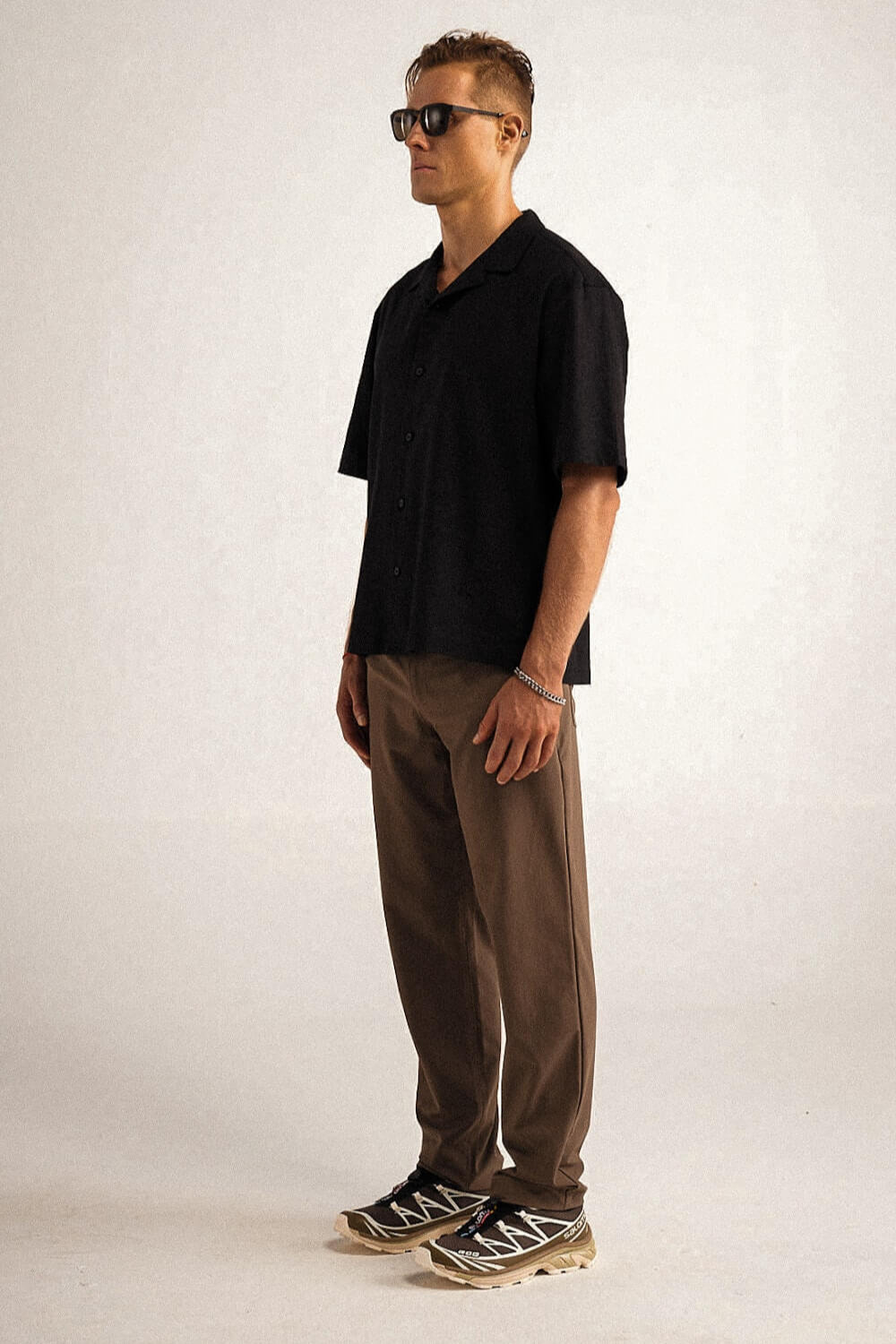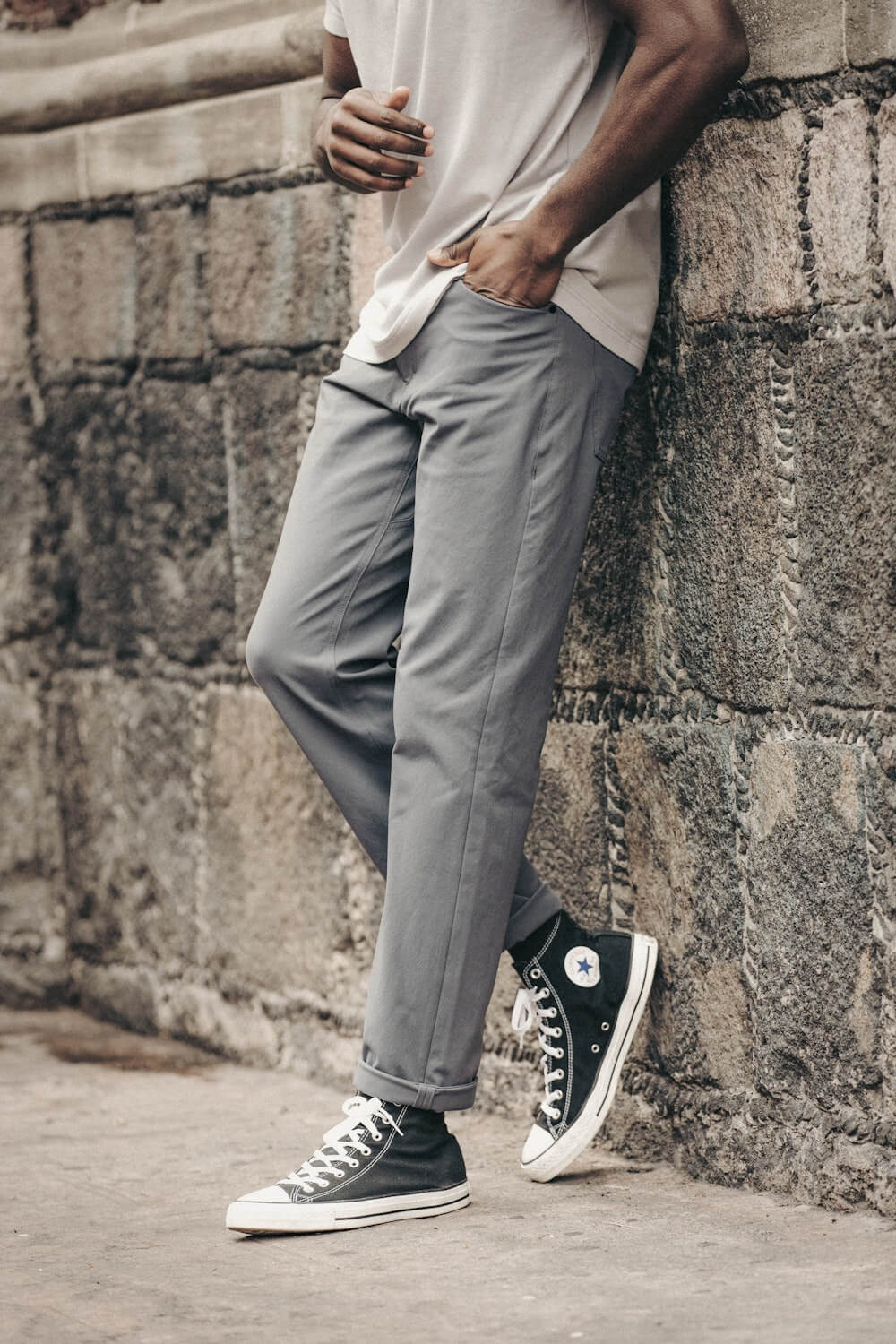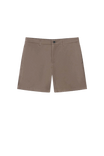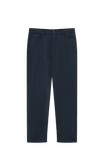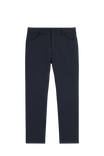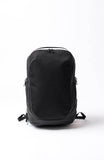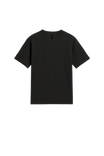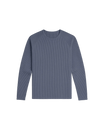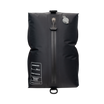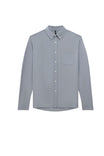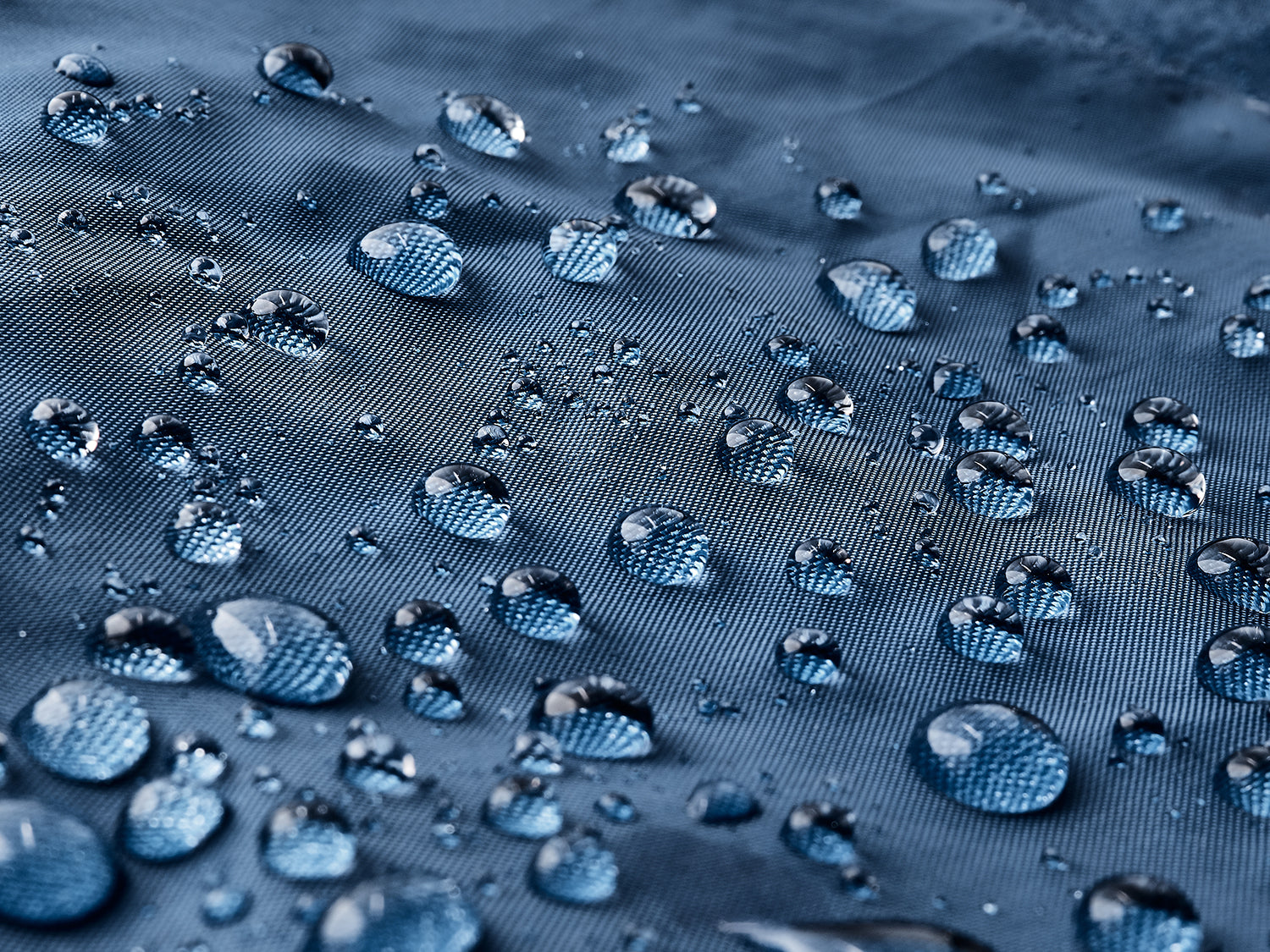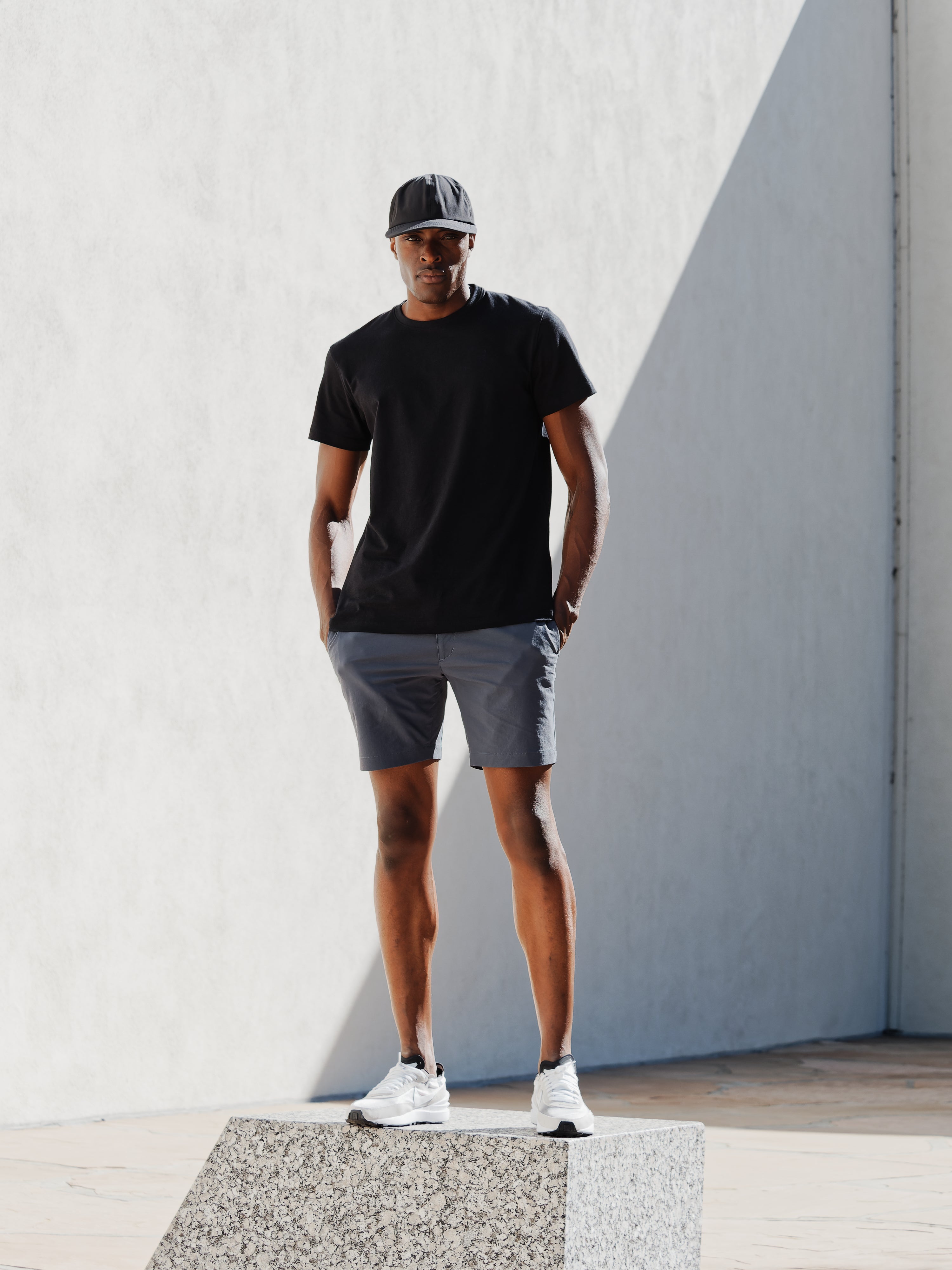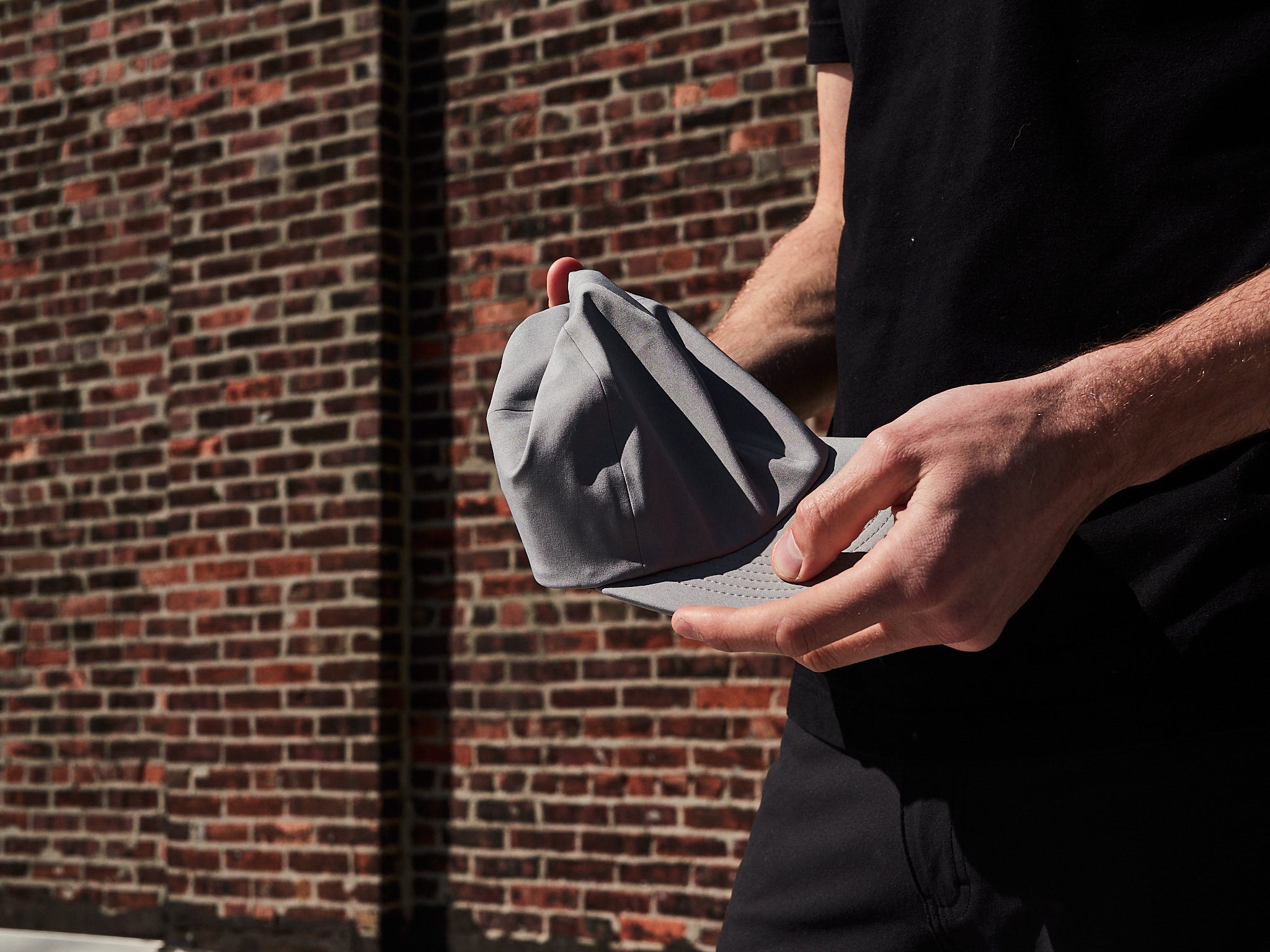If you are shopping for a jacket and see that one offers water resistance, while the other is waterproof, you may think they mean the same thing. However, these are two different terms that can help you decide whether or not you want to purchase it depending on what you are shopping for. For instance, if you are looking for complete protection from rain and snow, then you want to look for something that is waterproof.
What Is Water-Resistant vs Waterproof?
Waterproof clothing fully blocks external water and moisture, ensuring complete protection, while water-resistant clothing provides partial protection, allowing some moisture penetration.
When you are looking for materials to keep you warm and dry, both types will help you out but waterproof will completely block out moisture. There are a few key differences between water-resistant and waterproof that can help you make the right decision.

What Do Water-Resistant Materials Do?
Water-resistant materials normally are very tightly woven fabrics that make it extremely hard for water to get to your skin or penetrate through fully. For example, Merino wool has special crimps at the end of the fibers that lock them tightly together and push out the moisture that impacts the surface. While water-resistant materials do a good job of keeping most of the moisture out, it still retains it and your clothing will feel wet for a short period of time.
Water-resistant materials often have quick-drying properties within them that make the drying period very fast compared to more absorbent materials such as pure cotton or wool. Another important aspect of shopping for clothes that resist outside moisture is water repellent. This causes water to bead on the surface and roll-off.
What Materials Are Water-Resistant
Water-resistant fabrics are derived from synthetically made materials such as man-made fabrics like polyester and nylon. Water repellent fabrics are hydrophobic, meaning they withstand bouts of water more efficiently. Many times, you will see that finishes to fabrics are what provide water repellent qualities.
Water repellent fabrics are usually synthetically made, so they are scientifically structured and created for the sole purpose of pushing water off the surface. Many items such as your luggage, tents, and outdoor coverings or umbrellas are water-resistant. Water resistance can protect your clothing over time from damage and from odors that may come with it.
Nylon and polyester are two of the more popular water-resistant fabrics used in your clothing. This is thanks to the tight weave that creates a wall to block out the moisture.
What Does Waterproof Material Mean?
When you are looking for waterproof materials, then they most likely are laminated or coated with a product that makes them fully waterproof. These are fabrics or waterproofing materials such as rubber, polyvinyl chloride (PVC), polyurethane (PU), silicone elastomer, fluoropolymers, and wax. These help block the water from rain or snow while allowing sweat to evaporate off your skin and through the surface in the process.
These finishes allow for your body to direct water accordingly because they are not trying to absorb the water. This way, perspiration is directed away from the body effectively because sweat is being evaporated and moisture is being redirected. Waterproof materials are often sturdy and thick but can be extremely breathable and lightweight.
One great way to achieve a waterproof material that is also comfortable is to layer materials in the clothing that have different purposes like activewear or travel clothing. A waterproof exterior does not mean the interior has to be uncomfortable and lack stretch.
Waterproofing is measured by how much pressure a fabric can take before letting moisture in. Fabrics that are waterproof are impenetrable by water while water-resistant materials are able to absorb some moisture before feeling wet. Waterproof materials often have sealed seams in order to block out any risk of absorbing moisture.
What Materials Are Waterproof
One of the more popular waterproof materials is laminated cotton, which is an environmentally friendly option.. You may find laminated fabrics in ski clothing, hats, and jackets and works well in extreme conditions. Other artificial materials like vinyl and plastic can also be great because they are synthetically made.
Most fabrics can be made waterproof if they are finished off with waterproof coatings and laminates. In many cases, it should be advertised alongside the clothing so you will know. If you aren’t sure, research what materials and fabrics were used in your clothes so you can be confident in your decisions.
Water-Resistant Diversion Pant
Western Rise created the Diversion Pant that is versatile and water-resistant travel pants. The fabric has two layers, combining nylon canvas that is normally seen in a work pant and the interior dobby weave of a pair of sweatpants. This makes them durable on the outside and extremely soft and comfortable on the inside.
These pants are built for movement and rugged activities but are refined and slim-fitting so they also can be worn out on date night or on errands throughout the day. The fabric is topped off with a finish that is self-cleaning so it sheds dirt and dust and fights stains so it can handle any situation. It is perfect for the man who works outdoors and their traditional work pants are torn up.
The Diversion Pant will last a long time and will feel comfortable in any type of weather. Buying these pants saves you a ton of money in the long run because they will remain looking like they are in their original state.

These pants have a phone pocket, zipper pocket security, and a two-inch expandable inseam for maximum stretch and comfort. They aren’t pants that will let you down and are meant to outlast even the toughest of situations. The best part about them is that you can wear them for days in a row and not have to wash them.
Stay Dry
If you are searching for waterproof or water-resistant clothing, be sure to remember that water-resistant clothing does not mean you will never feel any outside moisture. It will work hard to keep water from penetrating through to your skin, but it will often have quick-drying properties that keep you feeling warm and dry fast.
Waterproof materials completely block out moisture from rain and snow and can be found most likely in synthetic, man-made materials. Most of the time, you will find that waterproof materials are achieved with a finish or laminate that is applied directly to the material during production.
To tell whether your clothing is water-resistant or waterproof, check the materials that they are made with. If not, the website should tell you which it is. Western Rise offers great water-resistant options that can fit any of your needs.
Sources:
10 Best Waterproof fabric {& water-resistant } for sewing | Sew Guide
Waterproof Fabric Guide |The Sewing Directory

